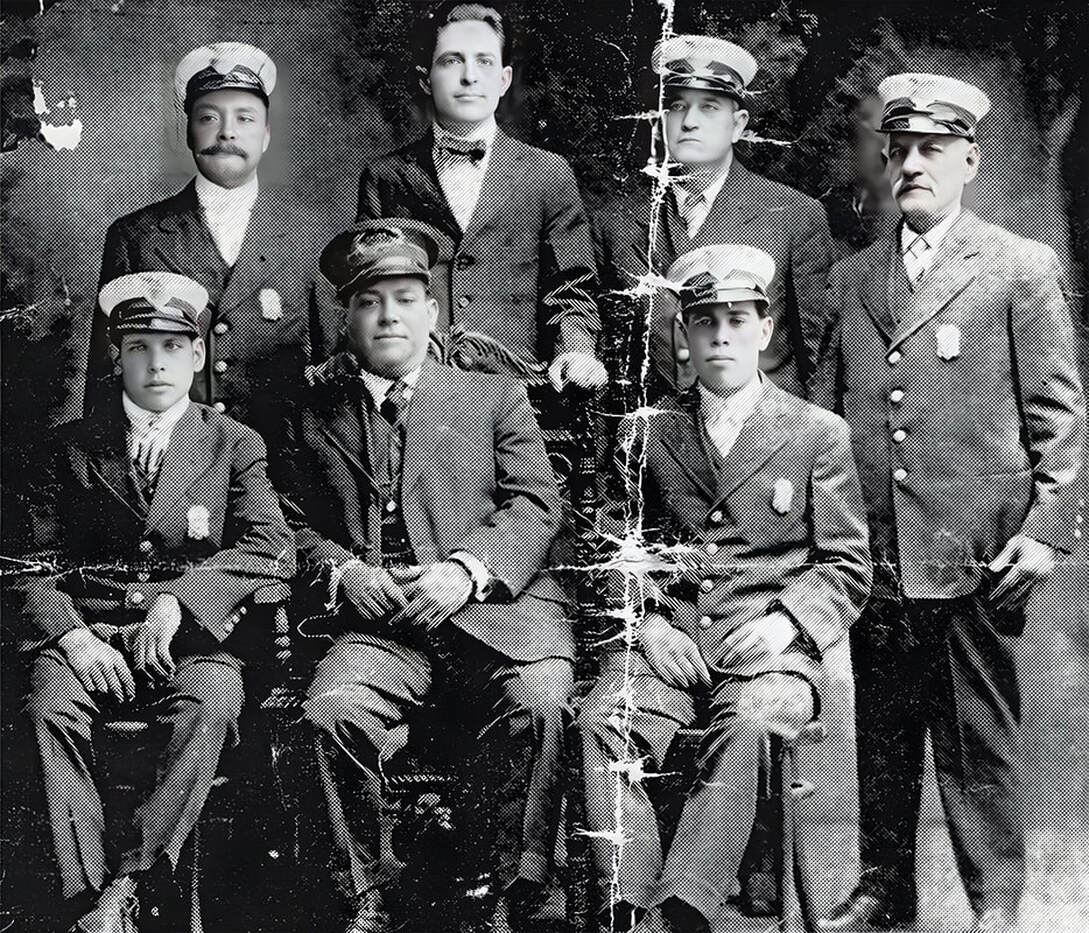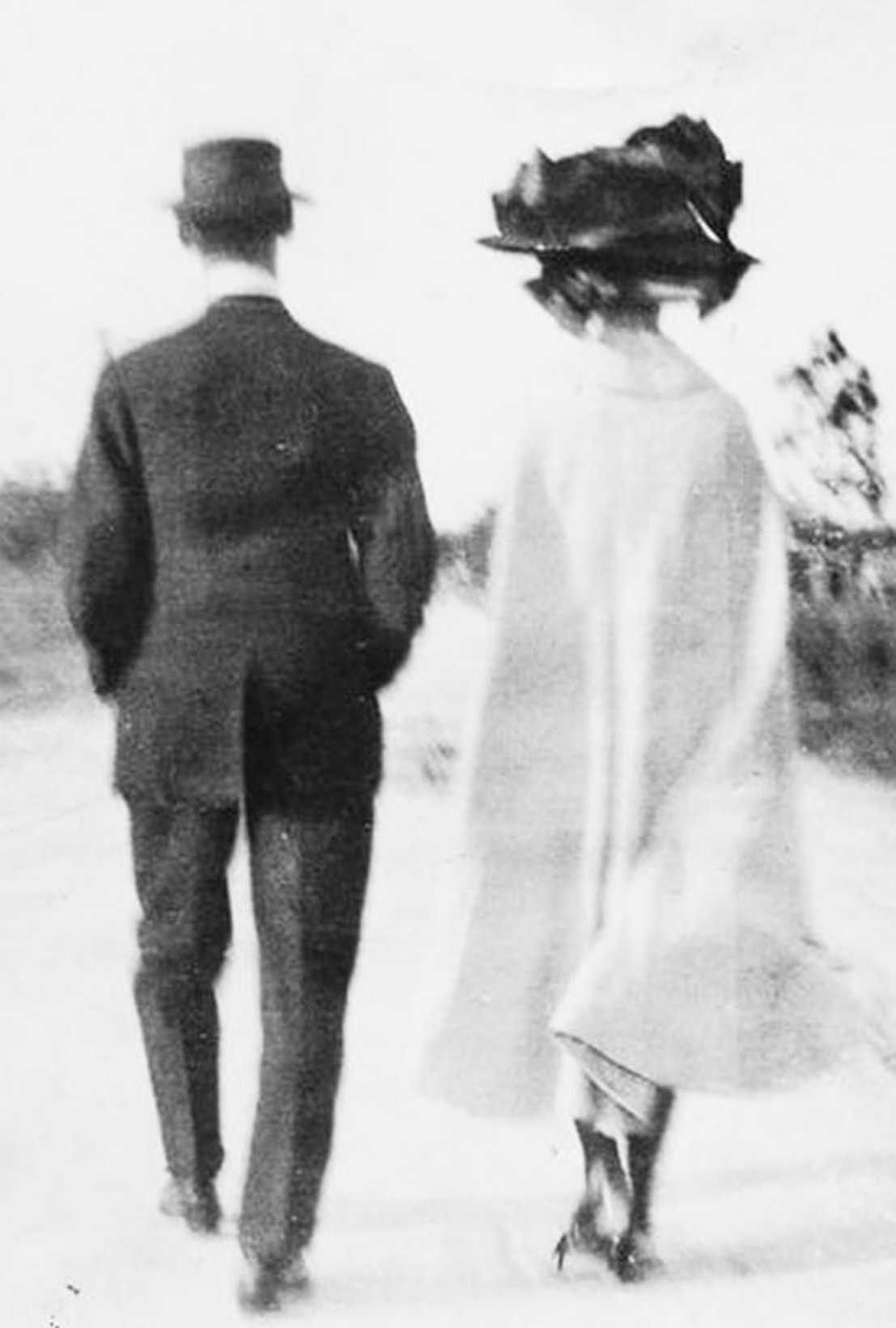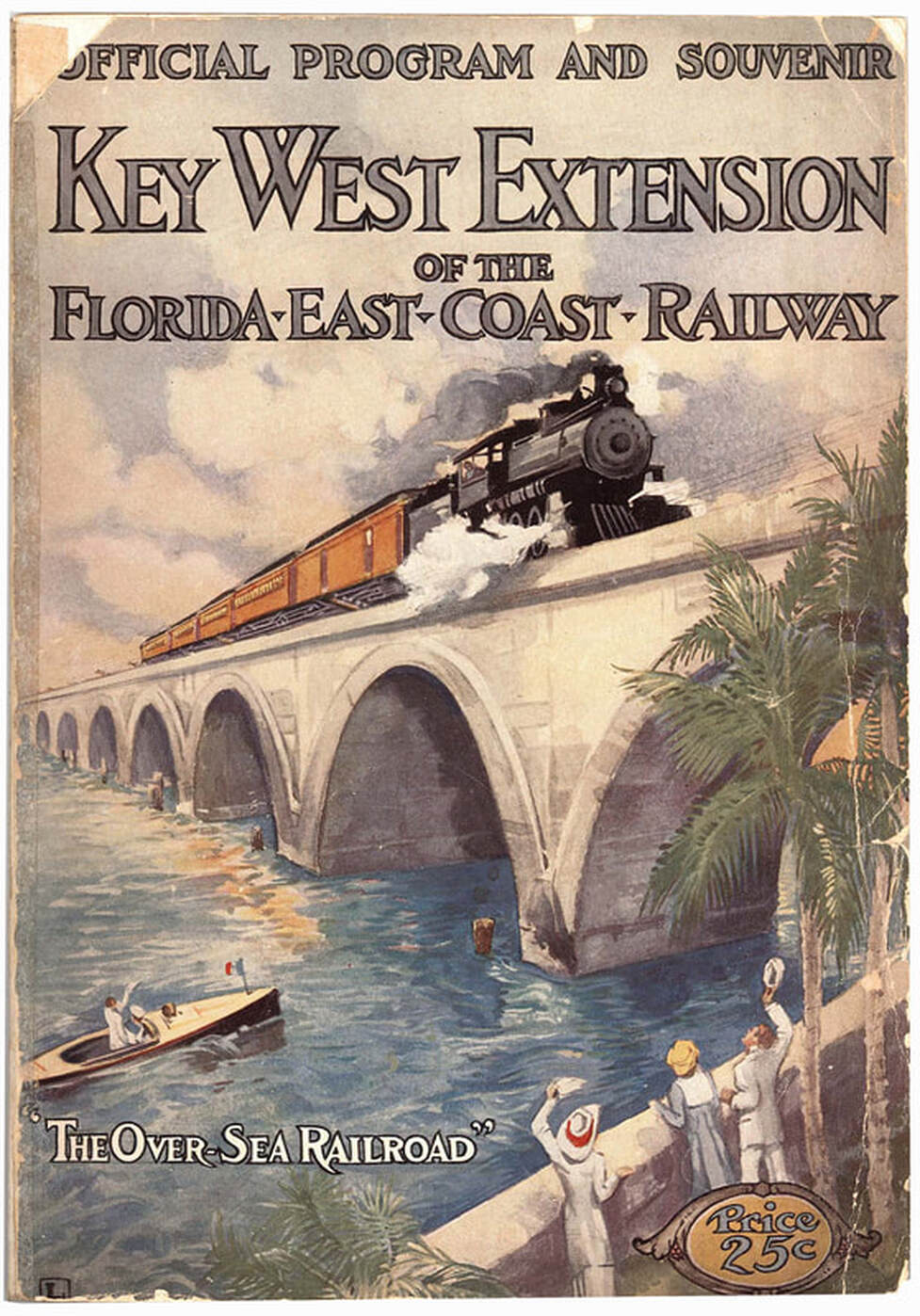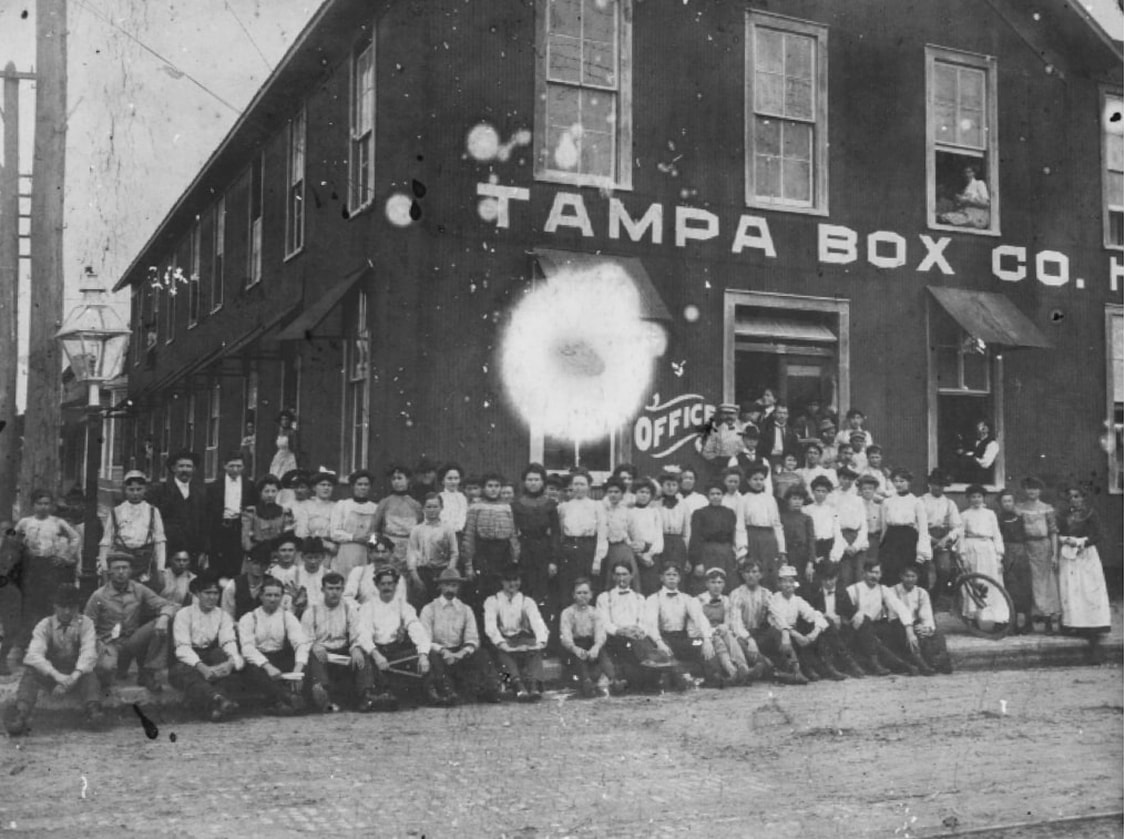|
Tommy Stephens sat on the patio by his house, watching the first of many nightly visitors to arrive in Ybor City. Leaning back in his chair and nursing a beer, he points to a couple of tourists as they watch a chicken try to fly up a tree next to their car.
0 Comments
In 1897, writer, social commentator, and beisbolero (baseball player) Wenceslao Gálvez y del Monte ("Wen Gálvez") published a small, first-person narrative entitled Tampa: Impresiones de Emigrado. The work critically observes Tampa and its residents. It is one of several turn-of-the-century, Spanish-language publications giving an account of Old Tampa–from its dusty roads to its marble facades.
"Flagler's Folly" is what they called it: A railroad across the Florida Keys. More than a few people thought that the financier and developer, at age 71, had stepped over the line to senility when he proposed the project. Skepticism was enormous despite Henry Flagler's reputation as the man whose railway, steamship, and hotel ventures had brought much of Florida from backwoods to modernity in a few busy decades. Flagler's rail network in the Sunshine State–the Florida East Coast Railway–was his most celebrated work, laying hundreds of miles of track and linking Florida's eastern and southern parts with the civilized world.
In the early days of Tampa, you could stand on the banks of the Hillsborough River, and if the wind was blowing just right, you might smell the thick aroma of cedar permeating the air. As cigar factories from Palmetto Beach to West Tampa hummed with workers, several ancillary businesses sprouted to support the booming industry. Restaurants and boarding houses kept workers fed and housed. At the same time, other companies manufactured the equipment and tools necessary to produce quality hand-rolled cigars.
 The West Tampa Police Department in 1919. Standing left to right: Frank Fernandez, A. Morjo, Charles Brown and T. Martinez. Seated, left to right are, Lorenzo Nales; R.A. Acosta, Chief of Police; and Juan Nales. Juan Nales was the only member of the West Tampa Police Department killed in the line of duty. The City of Tampa annexed West Tampa in 1925. Photo courtesy Arsenio Sanchez and La Gaceta Newspaper. While flipping through a book detailing the history of the Tampa Police Department, something caught Vince Rabelo’s eye. It was a brief mention of Juan Nales, the only member of the West Tampa Police Department to be killed in the line of duty. But when he turned back a few pages to the section that listed officers who died while serving the community, Nales wasn’t listed. So, he went downtown to the Tampa Police Museum on Franklin Street. He scanned a wall bearing the photographs and names of Tampa’s fallen officers. Some of the photos date back to 1895. There was one problem: Juan Nales was nowhere to be found.
|
Archives
June 2013
Categories
All
|
Cigar City is a Florida trademark and cannot be used without the written permission of its owner. Please contact info@cigarcitymagazine.com
© 2021 Cigar City Magazine. ALL RIGHTS RESERVED.
© 2021 Cigar City Magazine. ALL RIGHTS RESERVED.





 RSS Feed
RSS Feed